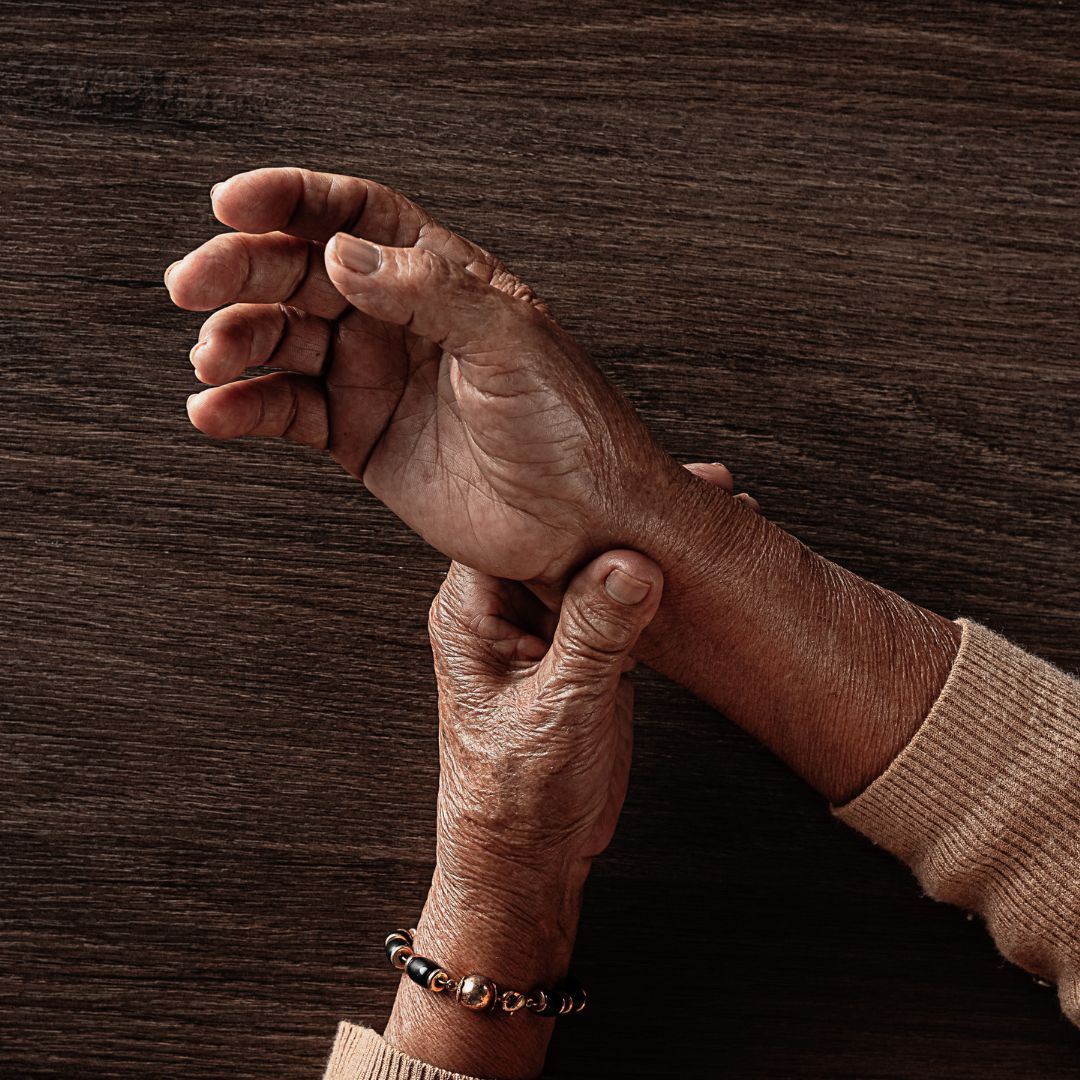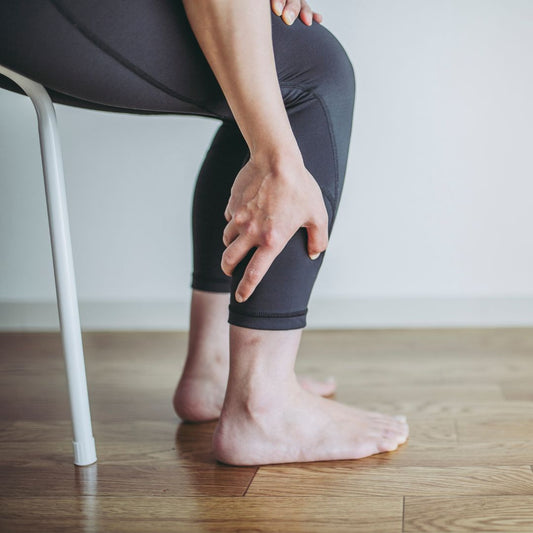By Dr. Peter Klapper Ph.D.
Have you been experiencing pain and inflammation in your joints and wonder what is the cause? It could potentially be arthritis, but the root cause can vary due to numerous factors. Currently, more than 1.3 million people in the United States live with a condition called rheumatoid arthritis (RA), a type of arthritis triggered by an autoimmune condition.
While rheumatoid arthritis presents unique challenges, with proper understanding and management, individuals can lead fulfilling lives. In this blog post, we'll breakdown everything you need to know about rheumatoid arthritis from its symptoms and diagnosis to effective management strategies.
Arthritis vs Rheumatoid Arthritis
First off, while both arthritis and rheumatoid arthritis disease share symptoms of joint pain, stiffness and decreased range of motion, RA may also cause fatigue, fever, and the formation of nodules under the skin. Both ailments also develop in a person for different reasons.
With arthritis, it can develop quite sudden or over time and is typically due to aging, wear and tear on the joints, and injuries. Rheumatoid arthritis tends to come on more gradually with symptoms developing over weeks or months. This is because RA is an autoimmune disorder in which the immune system attacks healthy tissues and the lining of membranes around the joints.
Understanding Rheumatoid Arthritis
As mentioned above, rheumatoid arthritis is an autoimmune disorder that affects the lining of your joints causing a painful swelling that can eventually result in bone erosion and joint deformity.
While the exact cause of RA is unknown, it is believed to result from a combination of genetic and environmental factors. Those factors include:
- Genetics: Individuals with a family history of rheumatoid arthritis may be at a higher risk. Certain genetic markers, such as specific HLA (human leukocyte antigen) genes, have been linked to an increased susceptibility to RA.
- Environmental Factors such as exposure to certain pollutants and smoking.
- Family History can increase a person’s likelihood of getting RA.
- Hormonal Factors, gender and age play a role in the development or exacerbation of RA. Middle aged women are more likely to develop RA, and it can often start or worsen during times of hormonal fluctuations, such as pregnancy or menopause.
- Excess Weight can make a person more at risk for developing RA.
How To Detect Rheumatoid Arthritis
So, how do you know if it’s rheumatoid arthritis or something else? Well, signs and symptoms of rheumatoid arthritis typically manifests with early warning signs like persistent joint pain, swelling, and fatigue often accompanied by morning stiffness.
As the disease progresses, symptoms evolve leading to chronic inflammation, joint damage, reduced range of motion, and potential deformities. It’s important to know that rheumatoid arthritis often exhibits a symmetrical pattern, affecting corresponding joints on both sides of the body and joint deformities also known as rheumatoid nodules (firm lumps beneath the skin) can begin to form.
The impact on daily life with rheumatoid arthritis is substantial, as one can imagine. Regular activities such as grasping objects and even walking can become challenging due to joint pain and stiffness. This is why it’s important to pay attention to symptoms and see a healthcare professional as soon as possible to get a timely diagnosis. The sooner the diagnosis, the quicker a person’s rheumatoid arthritis can be effectively treated, and prevention methods can take place to avoid permanent joint damage.
Rheumatoid Arthritis Treatment Approaches
While there is currently not a cure for rheumatoid arthritis, various treatment approaches aim to manage symptoms, slow disease progression, and improve the quality of life for individuals with the condition.
Common approaches to rheumatoid arthritis treatment are as follows:
Medications:
- Disease-Modifying Antirheumatic Drugs (DMARDs) such as methotrexate, sulfasalazine, and hydroxychloroquine target the underlying immune system dysfunction to slow down disease progression.
- Biologics are a type of DMARD that targets specific components of the immune system involved in RA. Examples include adalimumab, etanercept, and rituximab.
- Nonsteroidal Anti-Inflammatory Drugs (NSAIDs) provide relief from pain and inflammation but do not alter the course of the disease.
- Corticosteroids i.e. a powerful anti-inflammatory medication can be used to quickly reduce inflammation and manage symptoms.
- Natural Medications such as our natural joint pain relief (which combines horse chestnut and rue) quickly alleviates minor aches and pains of muscles and joints associated with arthritis.
Lifestyle and Physical Therapy:
- Regular physical activity helps maintain joint function, reduce stiffness, and improve overall well-being.
- Occupational therapy focuses on improving daily living skills and adapting the environment to better accommodate the needs of individuals with RA.
- Nutrition and a healthy, well-balanced diet may contribute to overall well-being.
- Coping strategies that involve education, medication adherence, lifestyle adjustments, regular exercise, and emotional support can help a person adjust to such a life altering disease.
Moving Forward
Living with rheumatoid arthritis requires a holistic approach that encompasses medical management, lifestyle adjustments, and emotional well-being. By understanding the symptoms, seeking early diagnosis, and actively participating in one's own care, individuals with RA can navigate the challenges and embrace a fulfilling life.




